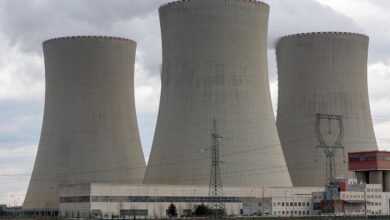Unusual Behavior of Wild Leopard
Insights into Animal Responses in Unexpected Situations

Examining the Complex Behavior of Wild Animals When Deprived of Their Natural Habitat
The story you shared about the leopard and the dog is indeed fascinating and provides an interesting insight into the behavior of wild animals when they find themselves in unexpected situations. While I can’t confirm the accuracy of this specific incident, it’s not uncommon for wild animals to exhibit unusual behavior when they are trapped or confined.
Wild animals, including leopards, have complex behaviors and instincts. When they are deprived of their natural habitat or freedom, it can lead to stress and a range of reactions, which may include not immediately acting on their predatory instincts. In this case, the leopard might have been more focused on finding a way to escape or adapting to the unfamiliar environment rather than pursuing the dog as prey.
It’s important to remember that wild animals should be observed and treated with caution, especially in close encounters. The behavior of individual animals can vary, and while some may exhibit surprising reactions like the one described in the story, others may react differently.
This story serves as a reminder of the importance of respecting wildlife and their natural habitats. It also highlights the need for conservation efforts to protect both wild animals and their ecosystems to ensure their long-term survival and well-being.

The dog with the owner




